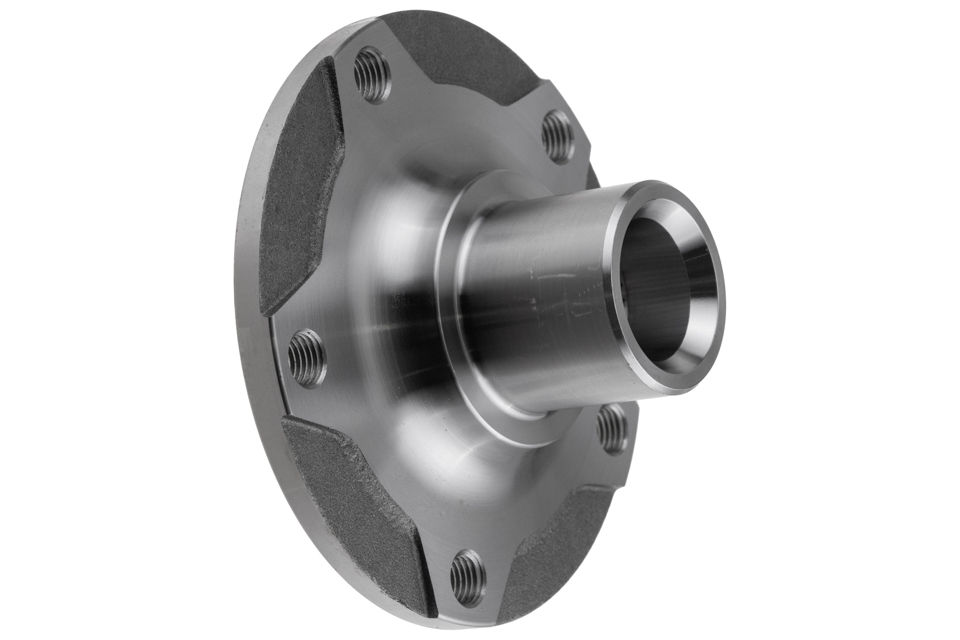Wheel Hubs: What They Do and When to Replace Them
Wheel hubs are a key part of your car’s suspension system. They sit between the axle and the wheel, helping the wheel rotate freely and stay aligned with the rest of the vehicle. Inside the hub, you’ll usually find a bearing, which supports smooth movement and helps reduce friction.
Over time, wheel hub bearings can wear out due to regular driving, especially if you often drive in poor road conditions or carry heavy loads. Signs of a worn hub might include humming noises, looseness in the wheel, or vibrations while driving. These symptoms may seem minor at first but can affect braking, handling, and tyre wear if left unchecked.
If you’re replacing a car hub wheel, it’s worth checking surrounding parts too. For example, in vehicles with CV joints, the car CV boot plays a role in protecting the joint from dust and moisture. If the boot is cracked or leaking, grease can escape and cause damage to the joint — and eventually the hub as well.
Understand the Role of the Hub – and What to Watch For
The wheel hub doesn’t just hold the wheel in place — it supports braking, stability, and overall handling. Hubs often house the wheel bearing and, in many vehicles, the ABS sensor too. Over time, wear and tear from daily use or rough road conditions can cause play in the bearing or lead to grinding noises, especially during turns.
Choosing the right automobile wheel hub ensures proper fit and safe driving. It’s not just about getting a part that fits; it’s about restoring balance and reliability to your car’s movement. When replacing hubs, it’s a good time to inspect the area as a whole — bearings, seals, and CV components — to avoid repeat issues later.
That’s why replacing a failing car hub wheel is something you shouldn’t put off. At Vidarr Automotive, we supply a range of reliable, well-made automobile wheel hubs for various car makes and models. Whether you're doing routine maintenance or sorting a worn bearing, we've made it easy to find the right fit with clear compatibility details and trusted part specifications.





































